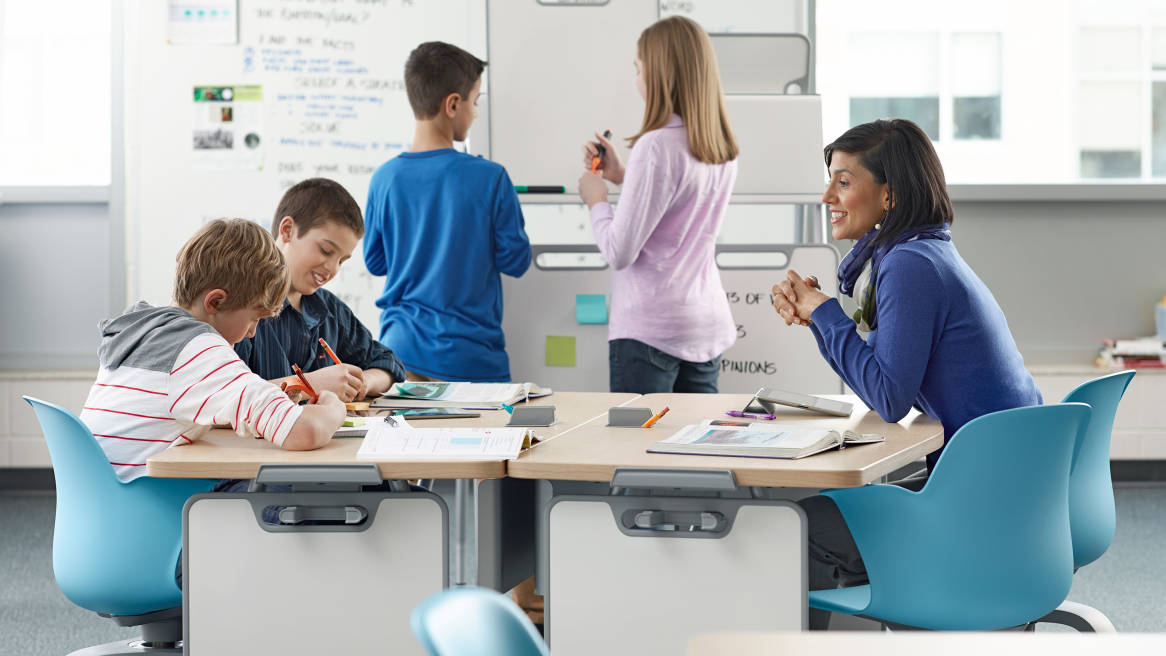Guide to Personalised Learning Experiences
Eight Strategies to Implement Personalised Learning Experiences
1. Know + Respect the Learner
Personalised learning experiences are about the individual, and knowing the learner as a person is the first step. For an authentic learner-centred, learner-led and learner-demonstrated experience, the student and their goals, interests and strengths need to be known, supported and respected. Many educators intuitively assess their students. Given your understanding of each student’s needs, strengths and learning styles, you might use some of these methods to begin incorporating some explicit personalised learning experiences in your classroom.
Methods
Use learning profiles to help students better understand their learning strengths and gain more self-awareness. Reflect student-specific data from assessments, adaptive learning tools and more to provide baselines.
Have students set and manage goals for the short- and long-term. Students can then track and adjust their progress based on demonstrated learning.
Allow for different ways of expressing growth. Students choose how best to show the breadth and depth of their learning.
Story from the Field
A struggling student. A motivated educator. At one school Steelcase Education visited, a teacher shared the story of a student who was passionate about music but showed a strong lack of interest in traditional school subjects like maths, economics, languages, arts and history. By designing a personalised learning experience for this student, one that viewed these traditional subjects through the lens of the music industry, the student was engaged and able to demonstrate mastery in the subjects in a broad range of ways.
Launch Pad: Try these Personalised Learning activities today
Build Student Learning Profiles
Strengths, passions, interests, goals, learning gaps, learning behaviours, and talents can all be included in a learning profile. Use multiple tools and methods, such as online strength assessments, observations and conversations to create a holistic learner profile.
Define Learning Pathways
Learning pathways encompass student goals, processes and tracking mechanisms. Students set short- and long-term goals and determine how they will accomplish them.
Provide Opportunities to Demonstrate Learning
How can students share what they’ve learned and demonstrate mastery of a topic? Mediums like digital portfolios, learner and teacher reflection journals, creative projects or multidimensional rubrics can better capture and show the depth, complexity and levels of learning and growth taking place.
NEXT CHAPTER – Develop Community
PREVIOUS CHAPTER – Eight Strategies to Implement Personalised Learning Experiences


